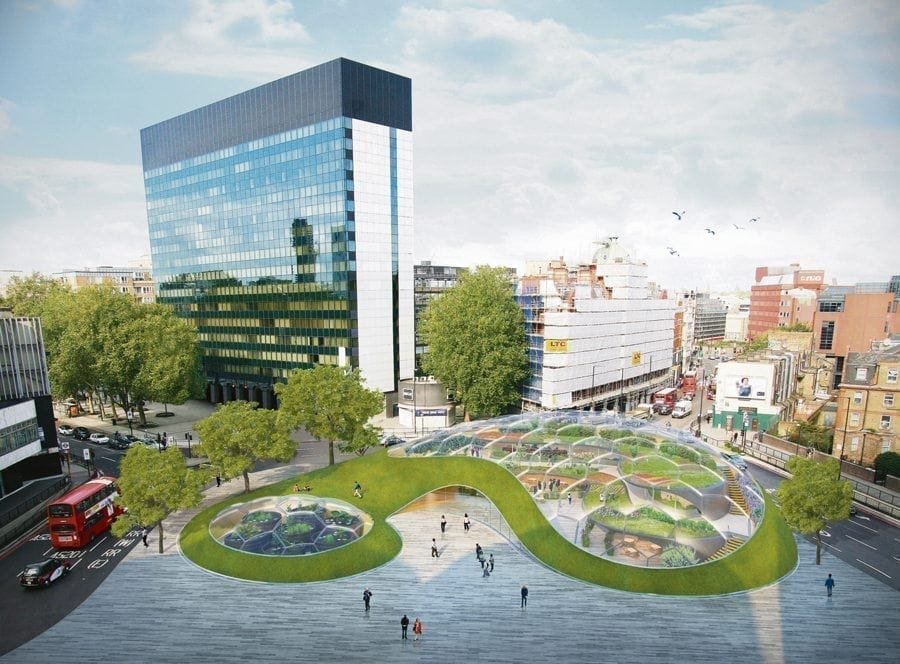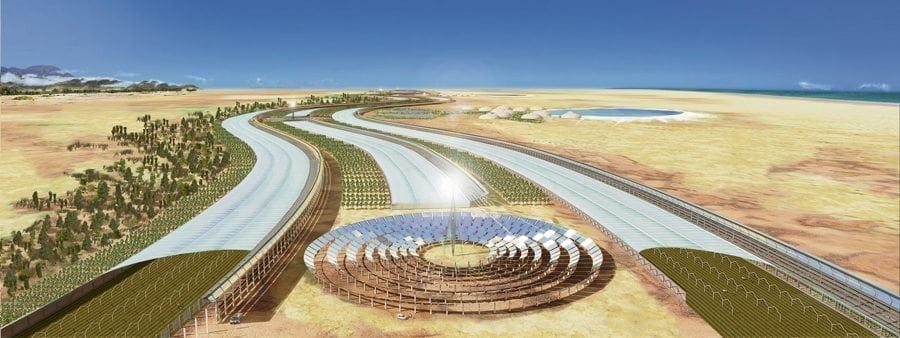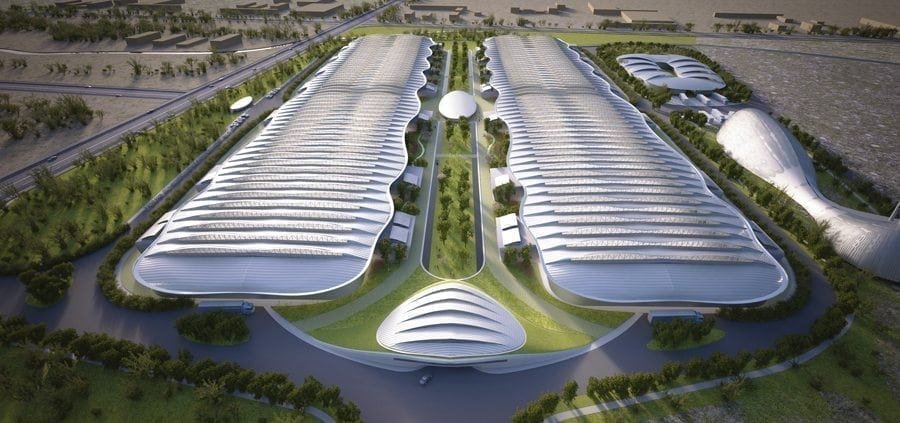Nature is a unique, 3.8 billion-year R&D programme that has ruthlessly weeded out any inefficient variations, leaving behind an amazing catalogue of biological success stories.
But how can Nature inspire us to become radically more sustainable in the processes, systems and products we create? Through his architecture and design work, world-renowned biomimicry expert Michael Pawlyn is investigating precisely that.
Beyond sustainability
Michael believes that we’re entering an ‘ecological age’ in which mankind has both the knowledge and the technology required to devise truly sustainable ways of living.
In contrast to the wasteful, disconnected and fossil fuel-dependent systems of the industrial age, this ecological age is characterised by interconnected, highly optimised systems that are created from natural ecosystems and which generate zero waste.
Biomimicry represents a new paradigm that helps us embrace this age. It moves beyond current understandings of ‘sustainability’ – which typically focus on mitigating negatives – and instead seeks solutions that are restorative and deliver positive impacts.
Through biomimicry, the many remarkable adaptations found in biological organisms are used to inspire new design solutions. By mimicking time-tested strategies, designers can create radical new solutions to the sustainability and environmental challenges of our age.
Biomimicry is helping to overcome some of the key design issues facing mankind today, and the discipline is rapidly gaining traction across many industries as a result.
Biomimicry in action
Examples of Nature’s efficiency can be found all around us – sometimes in the most surprising places.
Velcro is one of the first and most famous examples of biomimicry in action. Swiss engineer George de Mestral invented the fastening concept when he noticed how burdock burrs (the hooked seed-heads that catch on clothes and fur) clung to his dog’s fur coat. From this observation, he developed the idea of a two-part fastening made of hooks on one side and loops on the other – and later patented it under the name ‘Velcro’.
More recently, biomimicry has been used to rethink architectural challenges and the design of everything from carpet tiles to air conditioning systems.
The Eden Project is one of the best known examples of a building designed using biomimicry. The project’s design team took inspiration from soap bubbles, pollen grains, marine micro-organisms and the unique form of dragonfly wings to develop a lightweight design solution for the junctions connecting its large geodesic domes. The simplicity and efficiency of the design is such that the entire super-structure weighs less than the air inside it.
The ability of termite mounds to maintain steady temperatures in extreme climates inspired the design of an office building close to the equator that stays cool without air conditioning, and the random beauty of the forest floor prompted modular carpet manufacturer Interface to create a new category of carpet tile featuring unique patterns and colours.
The result was an innovative flooring system that substantially reduced installation time and cut waste by up to 90% when compared with traditional broadloom carpet.
The Biomimetic Office
Michael’s architectural firm, Exploration, was established in 2007, and it has used biomimicry in every project that has passed through its doors. It’s currently working on a concept for the first office building to be comprehensively designed with biomimicry.
 Play Video about This Rock Might Just Save The World
Play Video about This Rock Might Just Save The World Play Video about Play 2 hours of rock
Play Video about Play 2 hours of rock Play Video about Play 2 hours of brook
Play Video about Play 2 hours of brook Play Video about Play 2 hours of sheep
Play Video about Play 2 hours of sheep













































